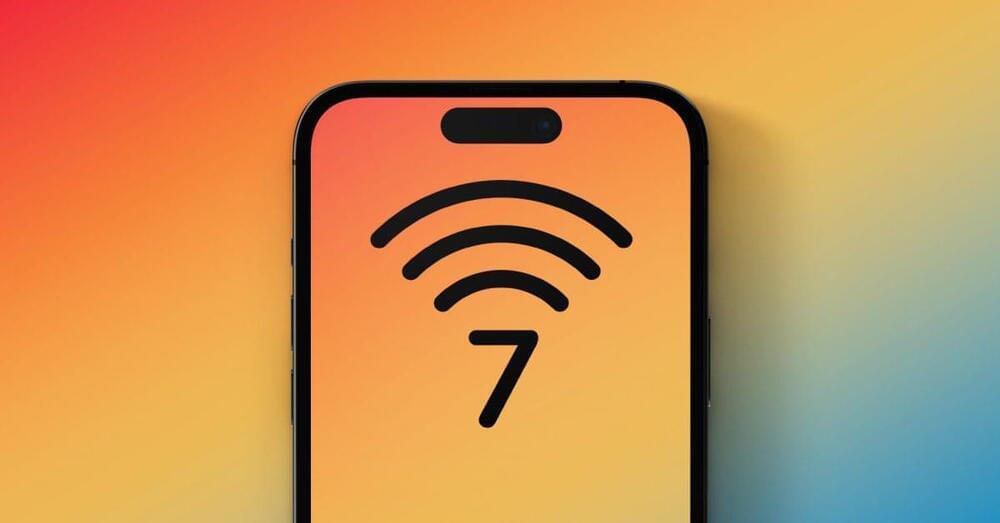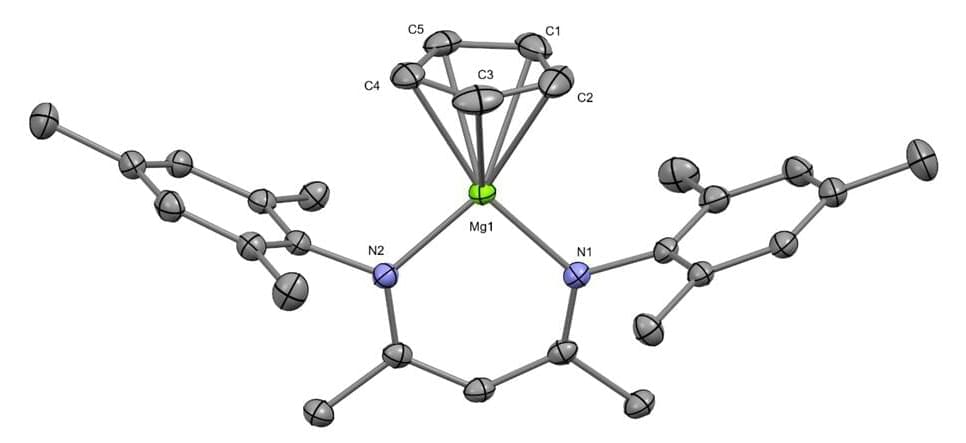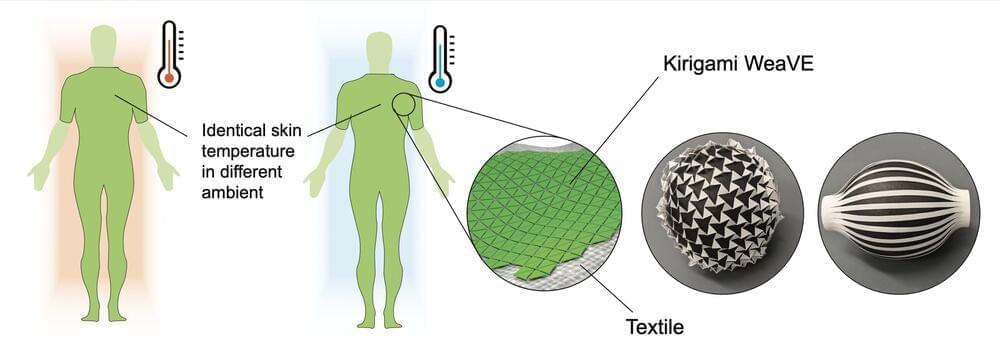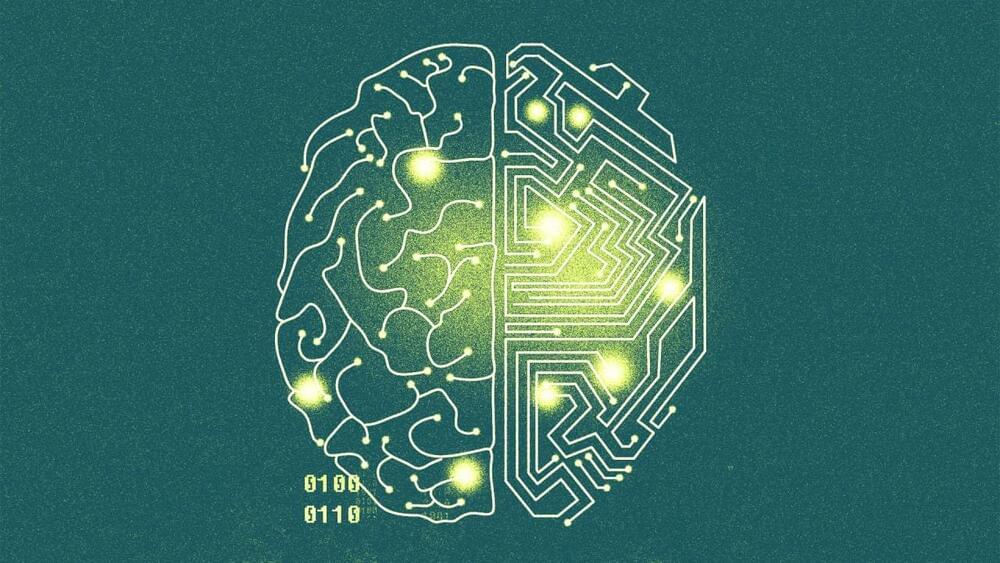Reliable analyst Ming-Chi Kuo is reporting that Apple is planning to adopt Wi-Fi 7 support on the iPhone as soon as next year. This could bring major improvements not only to speed and reliability, but also for the ability for different Wi-Fi 7 devices to interact with one another.
One of the biggest changes in Wi-Fi 7 is a dramatic increase in the maximum data throughput speeds. According to the Wi-Fi Alliance, Wi-Fi could offer peak data rates of more than 40Gbps, making it up to four times faster than Wi-Fi 6 And Wi-Fi 6E, and nearly six times faster than Wi-Fi 5.
In addition to those impressively fast speeds, Wi-Fi 7 will also introduce something called Multi-Link Operation technology. This will allow devices to simultaneously send and receive data over multiple radio bands. One of the biggest changes is an increase in the number of multi-user MIMO (multi-user, multiple input, multiple output) streams, doubling from eight to 16.







